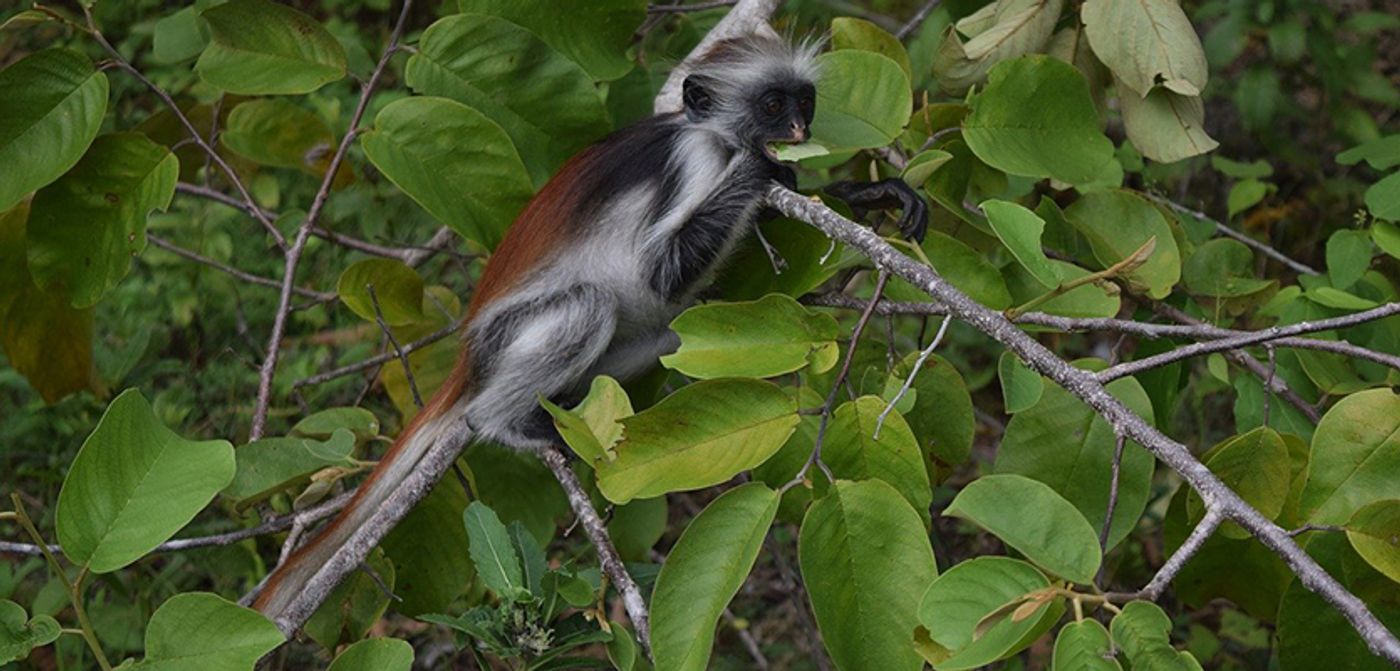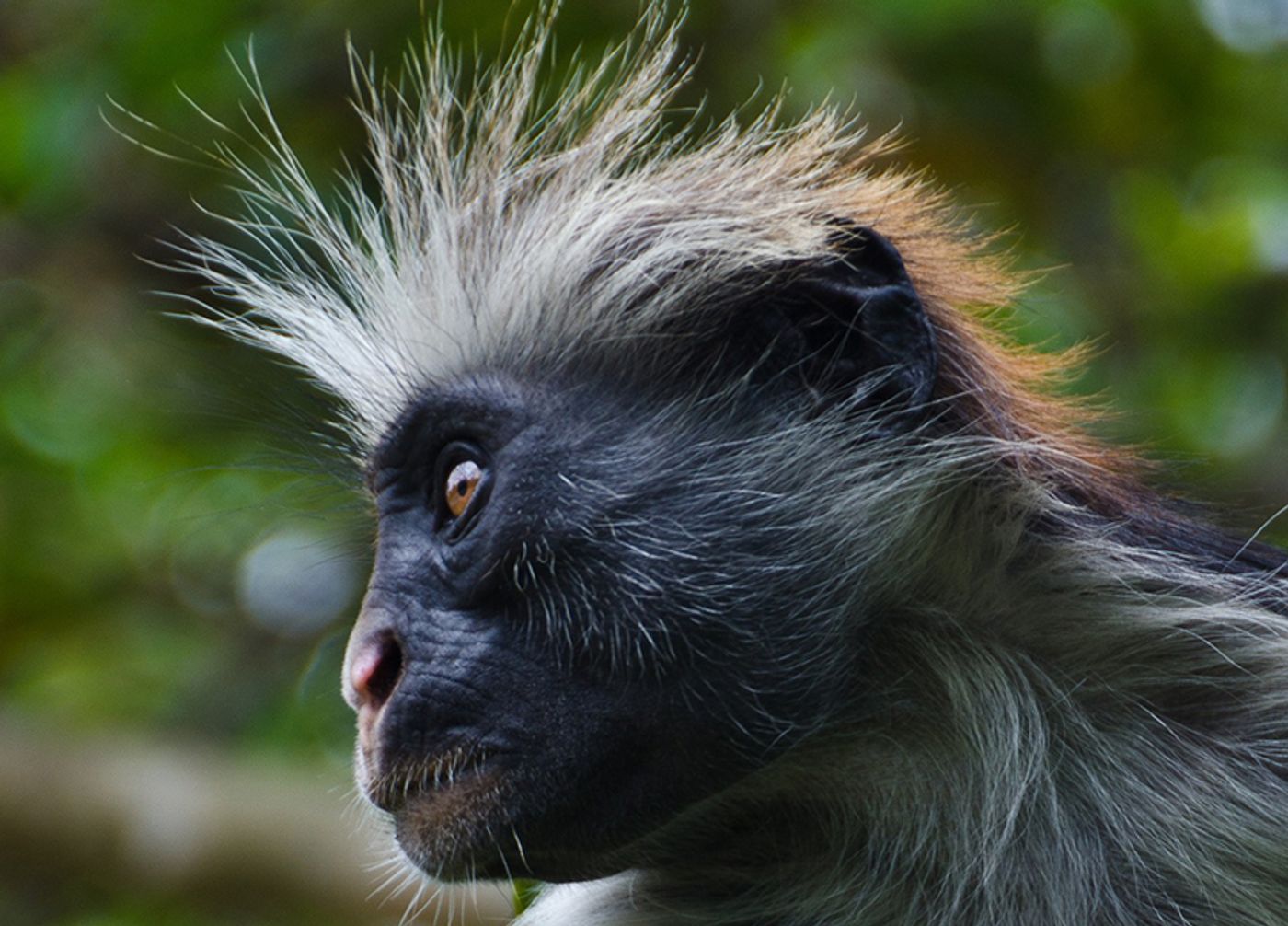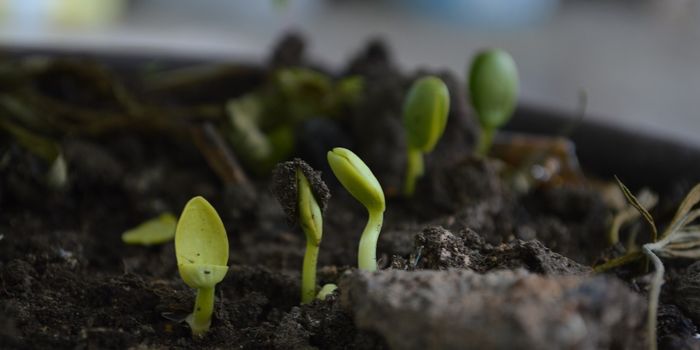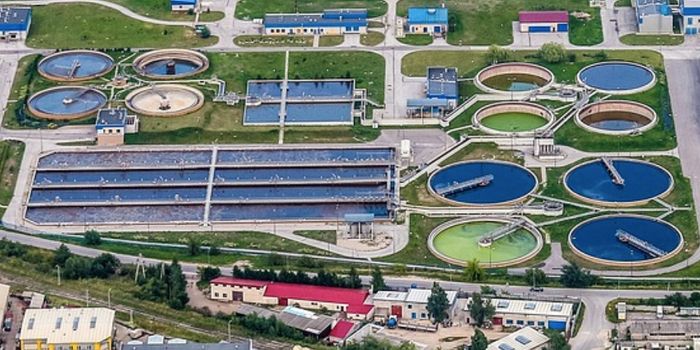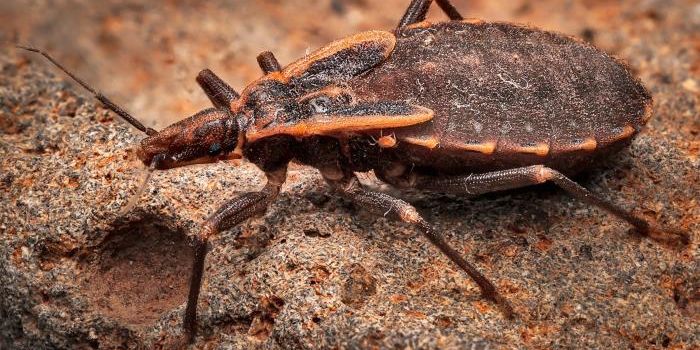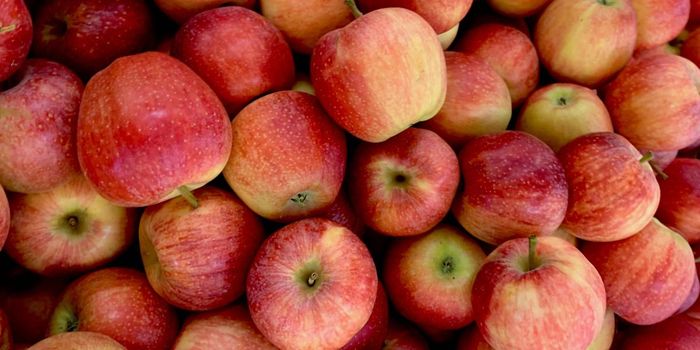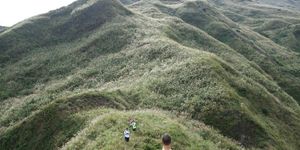Speedbumps Reduce Endangered Red Colobus Deaths
The endangered Zanzibar red colobus is a rare primate that lives only in the Zanzibar archipelago. New research from Bangor University primatologists, national park managers from Zanzibar, and the Wildlife Conservation Society (WCS) demonstrates the threat of vehicular accidents to this already imperiled species. Additionally, the study reveals a promising solution to this problem to protect Zanzibar red colobus populations in the region.
According to WCS, the study found that one colobus was killed about every 2 to 3 weeks by traffic on the Jozani-Chwaka Bay National Park road. The national park is home to about half of the red colobus population, and the threat of becoming roadkill is significant to the survival of the species. The study estimates the annual loss of the species to vehicle collision to be up to 3.24%. WCS reports that four speedbumps were installed to mitigate accidents, reducing roadkill incidents to one every six weeks.
Dr. Alexander Georgiev is the study’s senior author, a Bangor primatologist, and the Zanzibar Red Colobus Project Director. In a press release from WCS, he stated, “Cars are not selective in the animals they kill. This means that while natural predators may target the very young and very old more often, cars are equally likely to kill reproductively active young adults, who would contribute the most to population growth. And this may be a problem.”
Although naturally rare due to their limited distribution, the International Union for the Conservation of Nature (IUCN) reports that Zanzibar red colobus’ have been threatened by habitat destruction due to agricultural expansion, development, timber operations, and charcoal production. Additionally, IUCN cites the development of roads and railroads and climate change and severe weather as threats to the species. The most recent population data cited by the IUCN estimates the number of mature red colobus’ to be 5,862 and decreasing.
The study reports that the number of primate deaths reported is likely an underestimate. They state that some animals die on the road and can be accounted for, but others may be thrown off the road or live long enough to move off the road. Additionally, the study states that scavenging animals can remove carcasses. In one study, up to 62% of the carcasses were removed by scavengers in as little as two hours after the incident, long before researchers could conduct road surveys for roadkill.
This new study concludes that although the installation of speed bumps in the national park decreased the amount of colobus roadkill, further mitigation efforts should be taken for more substantial conservation results.
Source: Wildlife Conservation Society, IUCN, Cambridge University Press
